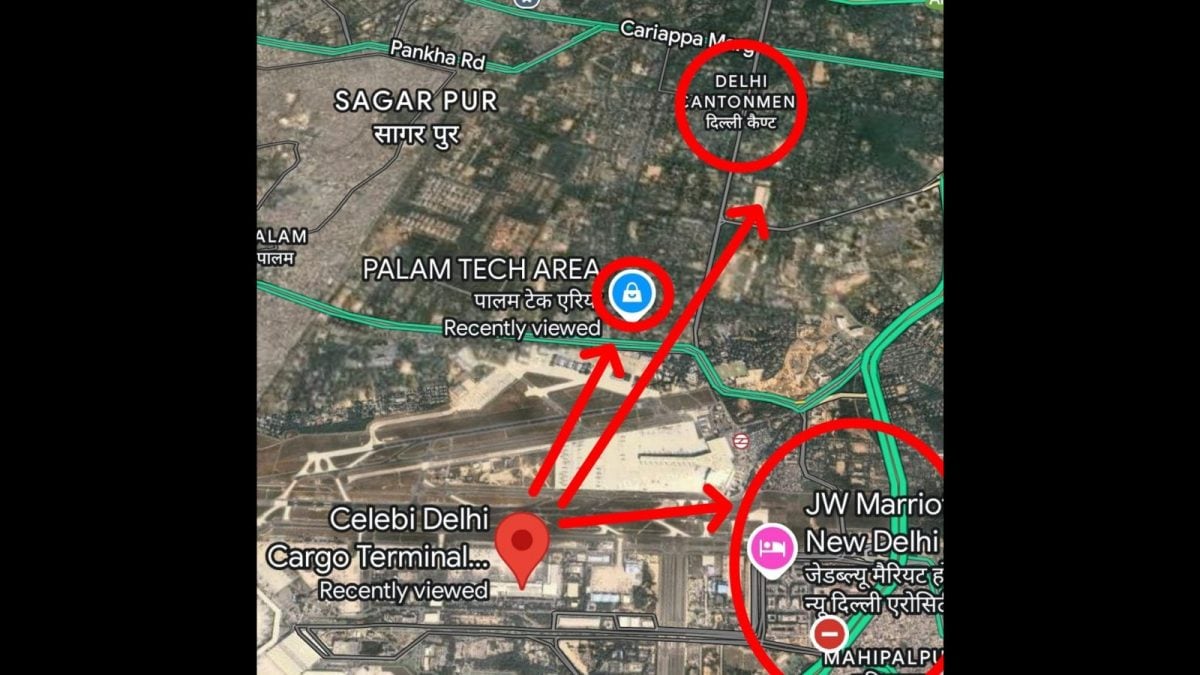Gujarat industries take advantage of unseasonal rain, dumps chemical water in Narmada
Industries in Bharuch-Ankleshwar have once again shown disregard for environmental concerns. During the recent unseasonal rains, several factories in the region discharged not just rainwater but also chemical-laced effluents directly into the Narmada River, leading to the death of thousands of fish. White foam, resembling clouds, formed on the river surface. Typically, rainwater from industries is drained into streams like Narmada River, but recent heavy rains were allegedly misused by industries to flush out stored contaminated water into the Narmada River, in Jhagadia. This has resulted in significant damage to aquatic life.Following the deaths of aquatic creatures in Amravati River, GPCB (Gujarat Pollution Control Board) rushed to collect water samples for testing. The pollution is believed to have originated from Kuber bay, contaminating the Amaravati River.Interestingly , while there’s a strict ban on idol immersion in the sacred Narmada River – including those of Lord Shri Krishna and other deities, which are now immersed in designated water tanks – industrial and domestic wastewater is routinely released into the river through illegally constructed private drains, with no objection from GPCB.This pollution is affecting the livelihood of fishermen, especially in heavily industrialised areas like Ankleshwar, Panoli, Jhagadia, Palej, Dahej, Vagra, Vilayat, and Jambusar, where untreated industrial wastewater is often discharged into natural water bodies, causing the death of fish.However, GPCB official Vijay Rakholiya noted that foam formation in the Narmada may not be solely due to industrial waste. He explained that the first rain often washes all sorts of garbage and chemicals from roads and lands into rivers, which could also contribute to foam. Nonetheless, samples have been collected to determine the exact cause, and an investigation is underway.


Industries in Bharuch-Ankleshwar have once again shown disregard for environmental concerns. During the recent unseasonal rains, several factories in the region discharged not just rainwater but also chemical-laced effluents directly into the Narmada River, leading to the death of thousands of fish.
White foam, resembling clouds, formed on the river surface. Typically, rainwater from industries is drained into streams like Narmada River, but recent heavy rains were allegedly misused by industries to flush out stored contaminated water into the Narmada River, in Jhagadia. This has resulted in significant damage to aquatic life.
Following the deaths of aquatic creatures in Amravati River, GPCB (Gujarat Pollution Control Board) rushed to collect water samples for testing. The pollution is believed to have originated from Kuber bay, contaminating the Amaravati River.
Interestingly , while there’s a strict ban on idol immersion in the sacred Narmada River – including those of Lord Shri Krishna and other deities, which are now immersed in designated water tanks – industrial and domestic wastewater is routinely released into the river through illegally constructed private drains, with no objection from GPCB.
This pollution is affecting the livelihood of fishermen, especially in heavily industrialised areas like Ankleshwar, Panoli, Jhagadia, Palej, Dahej, Vagra, Vilayat, and Jambusar, where untreated industrial wastewater is often discharged into natural water bodies, causing the death of fish.
However, GPCB official Vijay Rakholiya noted that foam formation in the Narmada may not be solely due to industrial waste. He explained that the first rain often washes all sorts of garbage and chemicals from roads and lands into rivers, which could also contribute to foam.
Nonetheless, samples have been collected to determine the exact cause, and an investigation is underway.
What's Your Reaction?



































































